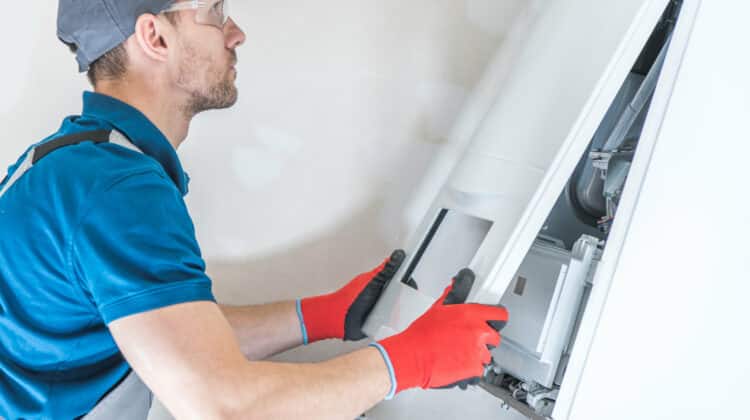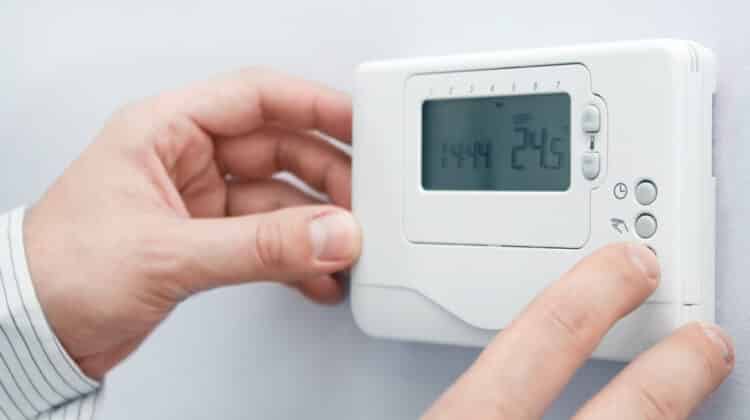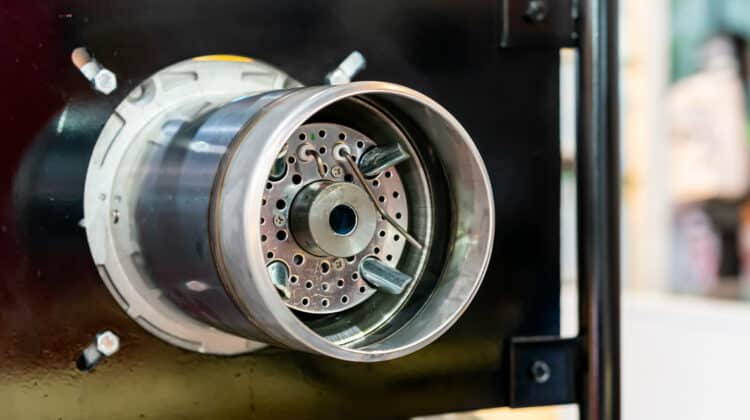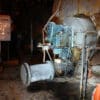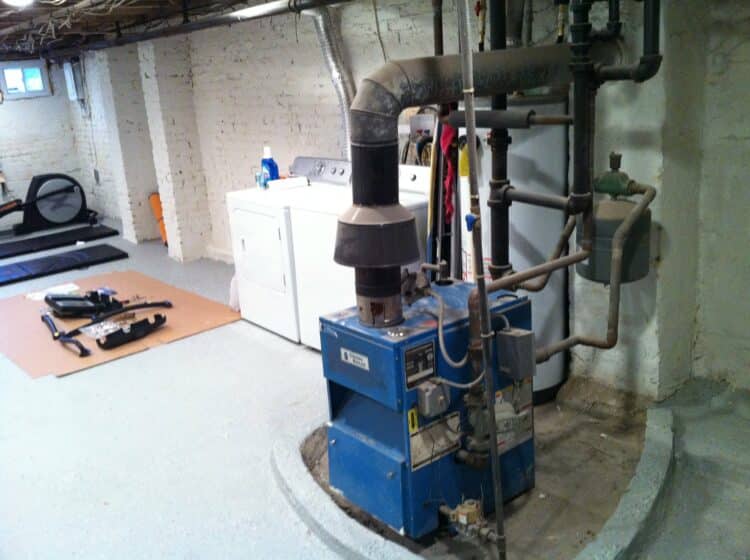
The seasons are changing once again. The days are getting shorter, and nights are getting colder, and depending on where you live, the snow is getting heavier. Wintertime can be fun and all, but only if your home is warm and cozy. A good home furnace is the key to a safe and pleasant winter.
But how exactly does it work? You might think you don’t need to know how, but knowing is essential to maintaining one. We’re here to tell you how they work and how to keep them working.
Table of Contents
The Basic Heat Cycle
Heating cycles are the heart of furnaces and heating systems. It’s a process that achieves heating and sustains itself.
First, propane or flammable gas is combusted inside the burner. The flames from the combustion heat a metal heat exchanger, and its exhaust comes out through the flue. The heat exchanger transfers that heat to air that is funneled in. This heated air is redistributed through the house’s duct systems to reach its different rooms. As the air cools and sinks back down, it gets pulled back into the heat exchanger through the ducts.
Parts of a Gas Furnace
Like a car, you have to know the parts of a gas furnace to understand how to fix it. Gas furnaces have been changing a bit recently with new technology, but some components remain the same.
Burners
Burners are composed of tubes that direct gas, burn gas, and redirect the heat. To make sure the flames don’t go overboard, it includes an igniter, flame sensor, and gas valve. If more heat is required, the gas valve will open up and let in more air. The igniter will combust the gases. If the flames get too large, the flame sensor will close the gas valve.
Draft Hood or Fan
The draft fan funnels heat into the heat exchanger after combustion. It also helps exhaust leave the vents properly. Draft hoods and fans also bring in more air to combust and increase the process’s efficiency.
Heat exchanger
The burners warm up the heat exchanger tubes, which warm up the air inside. To increase efficiency, some current models use curved tubes. The higher surface area exposed makes for faster heating. However, the heat exchanger is also somewhat crucial; if it gets damaged, combustible gases can leak.
Blower
Blower fans often come at different speeds, which help with adjusting the efficiency of the heating system. The blower pushes air into the heat exchanger and back out.
Flue
The flue takes the exhaust of combusted gas and extra oxygen to be safely deposited outside your house. These are usually made from galvanized steel or polypropylene venting.
Thermostat
The thermostat detects if the air in your house is too cold. If it does get too cold, it will trigger the control board and ignition switch of the furnace to start heating the air.
Once you’ve familiarized yourself with the essential parts of a central heating system, it’s easier for you to detect problems or what may need replacing and why. Even better, knowing these parts guides you in choosing a central heating system right off the market, in case you don’t have one yet or want to replace your current one. We hope you keep your heating system healthy and whole.
